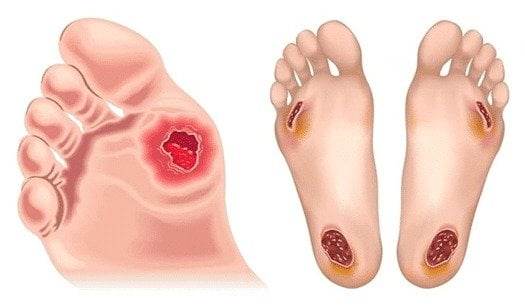Pelvic Congestion Syndrome
Pelvic congestion syndrome (PCS)- also called pelvic venous insufficiency, is a chronic pain condition associated with blood flow problems in pelvic veins. The term chronic means pain lasting for >6 months. The pain is also not isolated to pregnancy or your menstrual cycle. There are several alternative causes of pelvic pain involving your bladder, reproductive organs or gut. Determining which of these causes is most relevant in a woman is very important. This requires expert specialist assessment and several specialist investigations. Sometimes scans done to evaluate other problems, can pick up these dilated veins in the pelvis incidentally. The good news is that if they are not causing symptoms, they don’t need treatment.
In this condition pelvic veins dilate (widen), filling with blood. When this blood then pools in your pelvis, it can feel painful. It most commonly affects the left side of the pelvis. You are more likely to suffer from PCS if you are aged between 20-45years. If you have had multiple pregnancies you are at higher risk. It is rare for people who have gone through menopause, or who have never had children, to have PCS.
Pelvic pain of PCS tends to feel worse at end of day, before or during period, during intercourse and with prolonged standing/sitting. Lying down relieves the pain in most women. Sometimes the pelvic congestion can cause urinary and colonic (gut) symptoms, but this is rarer.
Signs of PCS may be pubic, buttock or thigh varicose veins.
Some medications that suppress oestrogen production, can relieve pain associated with PCS. All patients should have a gynaecological review +/- laparoscopy to assess for more common causes of pelvic pain like endometriosis, fibroids etc & to assess if there is a more simple medication or solution to a patients pain.
Treating pelvic congestion syndrome can be done as a day case procedure by Dr O’Donnell. It is called an ovarian vein embolization. It is minimally invasive using an xray machine and intravenous dye. The aim is to access the refluxing vein & stop blood refluxing/pooling back down into the pelvis. This can be done from a small incision in the groin or neck. Dr O’Donnell will explain the procedure in details including potential risks and complications with you.
British Society of Interventional Radiology Patient information on PCS


